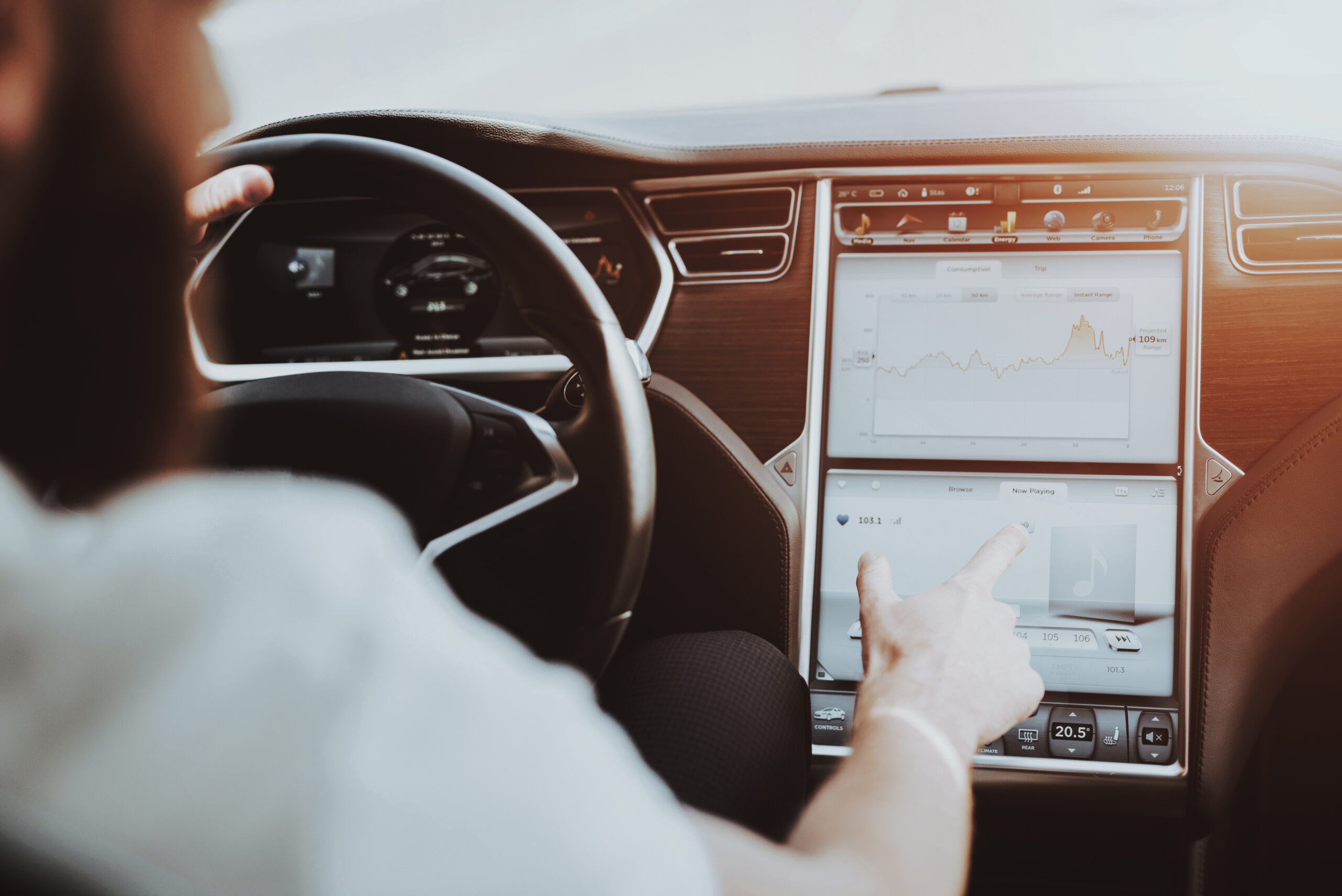The reality of range

Ask yourself honestly: how often you you really get in a car and drive 500 miles? With the exception of company sales reps and a few others, the answer is very rarely.
Here’s another question: of those 500 mile journeys, how often do you need to go full blast and non-stop? In most cases, the answer is almost never. You will need a break every 100 miles or so, and an electric car will to be charged at that distance.
The first big electric car fact is that they will handle most journeys you do. On a rapid charger, it will be ready to do another 150 miles in the time you’ve had lunch and a coffee.
As with fossil fuelled cars, there are big electric cars and small ones. Most sales reps go for a mid-sized Tesla Model Y or 3 company car when they may have driven a similar Audi or BMW in the past. For dashing around town you might get a Honda E instead of a Ford Fiesta. The Ford Fiesta wouldn’t be comfortable on a 300 mile run where a mid-sized Audi would be ideal.
Find out more on EV range here.
Efficiency
EV efficiency is measured at Watt-hours per mile (Wh/mi). Typically EVs on the market today do around 300-350Wh/mi with the standard Tesla Model 3 doing 245Wh/mi at one end of the scale and the Audi eTron S55 managing a paltry 422Wh/mi at the other.
Check out our lowdown on EV efficiency here.
Cost per mile
As of February 2023 standard variable rate capped home electricity is 34p/kWh. Based on these figures, if you charge at home:
- A Tesla Model 3 Standard Range will cost 8.3p per mile,
- A ‘typical’ EV would cost about 11p a mile
- An Audi eTron SUV, 2p per mile.
- A diesel car capable of 45 miles to the gallon will cost 17.2p per mile at February 2023 prices.
A Tesla could halve your fuel bill over a diesel car! Find out more on cost per mile here.
Remember this handy price per mile calculation:
Cost per kWh divided by Miles per kWh = Pence per Mile
Performance
Another electric car fact is they accelerate at lightning speeds. A Tesla Model S Plaid will do 0-60 in under three seconds where even a Nissan Leaf will get there in around eight.
Electric cars are different in other ways. They only have one forward gear. The motor goes through a ‘step-down’ gearbox to reduce the revolutions for the wheel but is otherwise connected directly to the wheel with no neutral as with a combustion engine gearbox.
Regenerative braking means you can get as much as 15% of battery energy back by ‘one-foot driving’ (never using the foot brake) where the car claws back energy when you take your foot off the accelerator.
Compare all the EVs on sale in the UK here courtesy of EV-database.
Battery degradation
A fossil fuelled car will be about ready for the scrapyard at about 150,000 miles. Electric car batteries will need to be replaced at almost the same time.
An EV battery will have typically fallen to 80% of its efficiency at around 100,000-125,000 miles. On a bigger Tesla if you’re doing your 20 miles a day that won’t matter so much, but on a Nissan Leaf with a smaller battery this could be an issue.
Check out more on EV batteries here
Used vs new
Not everyone can afford a new electric car, but more and more quality used electric cars are coming on the market.
Thousands of cars that were new in 2020 are being sold on this year after three years as a fleet car. As those cars start to be sold used, so the next couple of years will be when affordable used electric cars will be the new normal.
Battery performance will degrade and there will be issues with gadgets giving up. Manufacturers warranties are another problem too. There are very good used EVs out there that have had one owner, especially from those whose first owners feel the need to have the latest numberplate every other year.
Home or public charging?
The standard variable price cap as of February 2023 is 34p/kWh but you can get as little as 4.5p/kWh on an EV tariff. Even if you don’t get a special EV home energy tariff, charging at home is significantly cheaper than at a forecourt.
Find out more on EV home charging.
Public chargers can charge as 66p/kWh or more. Charging infrastructure is developing all the time with roll out of charging stations. Charging networks are in a gold rush with Gridserve, PodPoint, BP Pulse and ESB Energy leading the way. Each has its own charges, payment methods and apps needed to access so expect consolidation over time.
Find out more on public EV charging options.
Choose a green energy tariff!
The ultimate reason to go electric is to be better to the planet. This is why a ‘green’ tariff makes most sense otherwise you’ll just be transferring where fossil fuels are burned from the roadside to the electricity plant.
Though the government is planning to change the way the electricity generation market is run, the price of energy is led by the price of gas. The cost of producing wind and solar is falling significantly as solar arrays and wind farms come on stream.
The more of us that choose a genuinely green tariff, the less we need gas as part of the mix. Wouldn’t it be nice to get geopolitics out of the cost of fuelling our transport and homes?
We look at choosing the right green tariff as not all are the same. Some energy companies have their own wind and solar farms, but others do nothing to invest in renewable energy.
As a start, look for special EV tariffs as you could end up charging your car for a lot less than 9p a mile even as energy prices go through the roof!
Click here to find green energy tariffs from Compare Green.



